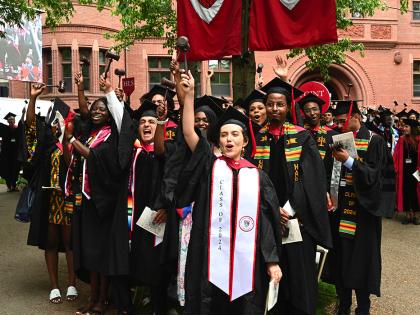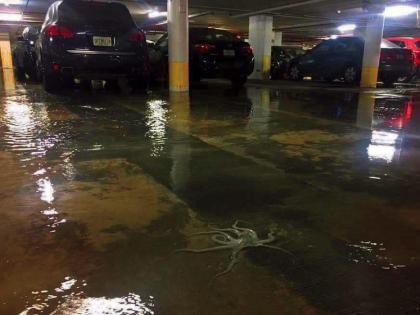A Spectre is haunting Harvard Square—the spectre of commercial real-estate development. Karl Marx aside, the Square faces significant change. The new owners of the wedge-shaped building at the intersection of Brattle and John F. Kennedy Streets, aimed at the Red Line subway station, envision a high-end retail mall. The trusts in control of the low-rise buildings across Brattle, and down the block (beyond the Coop’s annex), are now selling them; the latter site can accommodate multistory redevelopment. And a plan has been advanced to replace the closed cinema on Church Street. (Details and renderings appear at harvardmag.com/hsq-redev-17.)
All this promised change reflects the normal workings of the market, within the confines of Cambridge’s zoning and other regulations. But combined with retailing’s migration from family-owned stores to chains and online shopping, and Harvard’s global tourist appeal, much more than physical renewal seems at stake.
The Square’s identity resides to a large degree in its unique establishments—name your favorite. Running such places is never easy: the hours are long, the competition fierce, the costs of doing business high. It has been dismaying to see the face of the Square presented upon exiting the T station progressively homogenized by bank branches (deadening to passersby, especially at night), a chain drugstore, and cookie-cutter food outlets. The higher rents that come with (needed) physical redevelopment and catering to new kinds of customers accelerate that process.
Does the University have a stake in this transformation? Certainly, it benefits from an inviting, distinctive front door. Yale, which suffered from New Haven’s woes in the past, has invested heavily in the retailing along Broadway (L.L. Bean will be a ground-floor tenant in a new graduate-student residence), and its renovated art museums have attracted throngs, revitalizing much of Chapel Street. MIT has pursued fresh retail and restaurant strategies in Kendall Square, enlivening a former office and laboratory desert. These long-term, presumably expensive, efforts suggest that it is productive to hold on to something good rather than try to reclaim streetscapes and urban fabrics that were made, or have become, uninviting.
Under other circumstances, Harvard might inject itself into the refashioning of the Square. Given its appetite for office space, for instance, it might become the redeveloper of some of those expandable Brattle Street properties, taking the upper floors and subsidizing the new retail footage to attract unique tenants. Or the endowment could evaluate the opportunities for its real-estate portfolio—for office development, a new hotel, or something else—again with some consideration of the home team. (And one would hope that such an intervention would yield something more appealing than the blank, blocky mass of One Brattle Square.)
Neither seems likely right now. The University’s major local investment is the refashioning of Holyoke Center into the Smith Campus Center—with eight food vendors: a significant addition to the Square’s roster, but also more competition for existing establishments. Administrators have also been focused on the development plans for Allston—particularly the design of the “enterprise research campus” about to reach Boston regulators for review (see harvardmagazine.com/erc-17.) And the endowment, in the midst of substantial restructuring, has been selling real-estate assets.
So the likeliest scenario is commercially focused redevelopment, resulting in a place that is less distinctive and more homogenous than the Harvard Square of yore. A first-world problem, to be sure, and surely no different from outcomes elsewhere. Whether the result pleases, brings on waves of nostalgia, or induces gnashing of teeth, the market will work its magic, and some new Square will emerge from the current dealings.
~John S. Rosenberg, Editor








